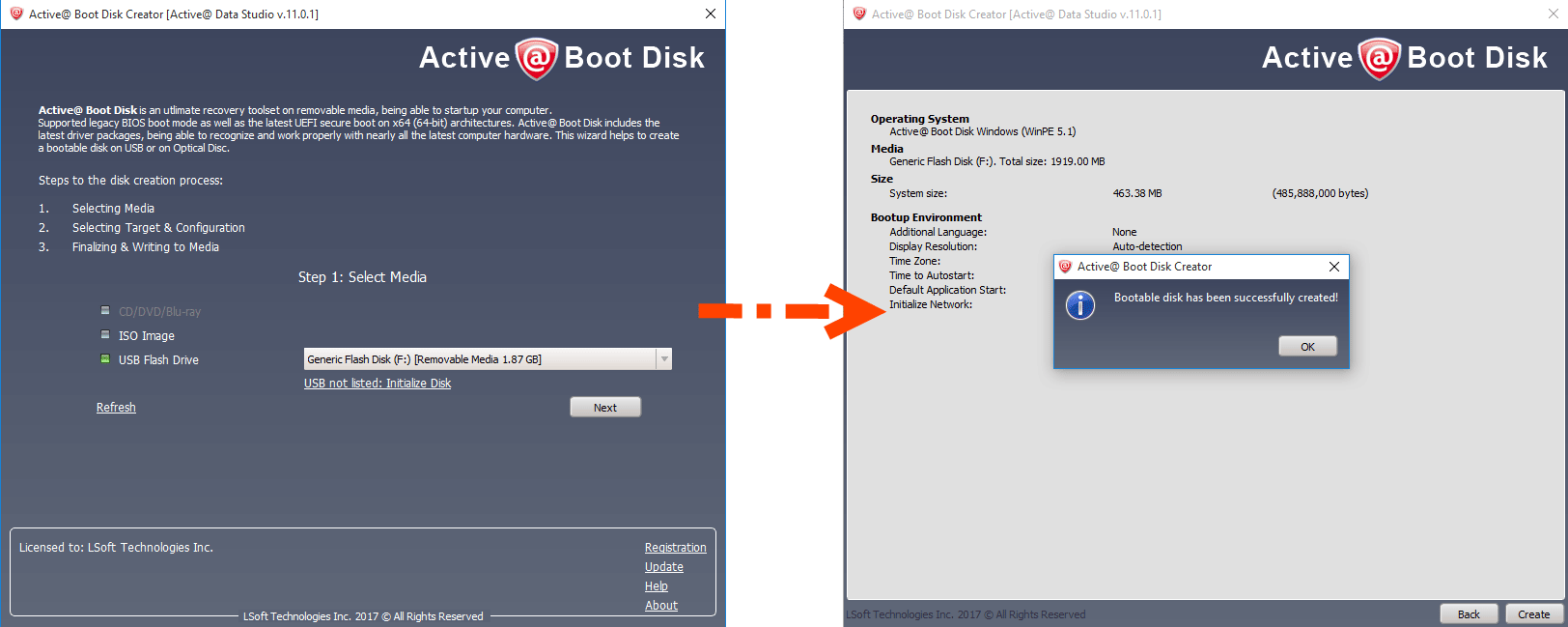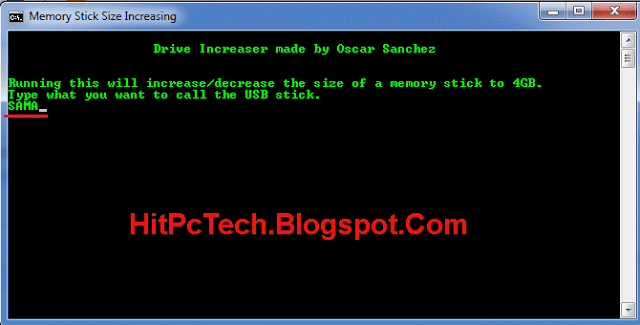

- INDEX OF PARENT DIRECTORY WINDOWS ISO MAKER BOOTABLE FOR FREE
- INDEX OF PARENT DIRECTORY WINDOWS ISO MAKER BOOTABLE PROFESSIONAL
- INDEX OF PARENT DIRECTORY WINDOWS ISO MAKER BOOTABLE SERIES
You can find the entire list of private enterprise numbers that IANA has assigned at. (If this URL changes, you can navigate to the form from IANA's Web site at.
INDEX OF PARENT DIRECTORY WINDOWS ISO MAKER BOOTABLE FOR FREE
However, I haven't seen any benefits to purchasing a country-specific OID namespace when you can get one for free by completing a brief online form at. The ISO Web page at addresse/membodies.html contains contact information for each ISO member body. IANA allowed the ISO member bodies to obtain an OID namespace from which they can sell branches to organizations. If you want to obtain an OID namespace that is specific to a country, you can contact that country's ISO member body.

Private enterprise numbers are free and aren't specific to any country. You can request an OID namespace, which IANA calls a private enterprise number, from IANA. The Information Sciences Institute (ISI) of the University of Southern California (USC) operates IANA. The Internet Assigned Numbers Authority (IANA) maintains the main set of OID namespaces. Using this namespace as your root, you can then create branches and leaf objects as needed. Thus, if you want to create a custom object in the AD store, you need to obtain a unique branch, or OID namespace, for your organization. For example, an object's OID might be 1.3.6.1.12.497, in which 497 references the object and 1.3.6.1.12 references the branch. The OID uses a notation in which integers represent each branch and object and periods separate each branch and object.

A part that specifies the unique object in that branch.A part that specifies the unique path to the branch holding the object in the X.500 treelike structure.The special identifying process uses an OID to uniquely identify every object. The process takes into account that classes can inherit from one another and that organizations might need to design and export a custom object. The X.500 definition specifies that you can use a special identifying process to uniquely define individual object classes in an organization. Microsoft based the Win2K AD on the X.500 definition, which the International Organization for Standardization's (ISO's) International Telecommunications Union Telecommunication Standardization Sector (ITU-T) created in 1988. Extending the schema isn't difficult, but first you need to obtain an Object Identifier (OID) namespace and bypass built-in safeguards.
INDEX OF PARENT DIRECTORY WINDOWS ISO MAKER BOOTABLE PROFESSIONAL
For example, you can add a class for finance users or add an attribute that stores data about the languages that users speak or the professional qualifications they've attained. Extending AD with user-designed syntaxes is likely to be on the list of modifications for release after Win2K.Īlthough you can't create custom syntaxes, you can extend the Win2K's AD in countless ways. This limitation is understandable because Win2K's AD is Microsoft's first foray into the Directory Service (DS) market. You must use the syntaxes that Microsoft provides. You can extend the schema by creating custom classes or attributes but not by creating custom syntaxes. Microsoft also designed the schema to be extensible. Microsoft designed the AD store to hold the most commonly used classes, attributes, and syntaxes in a server system. For example, if the schema defines an attribute with the Boolean syntax, you can store True and False data in that attribute. Syntaxes define the type of data that you can place in an attribute. The schema denotes whether an attribute is mandatory (e.g., sAMAccountName) or optional (e.g., TelephoneNumber). Among the many attributes that the User class can contain are TelephoneNumber (specifies the user's business telephone number), LastName (specifies the user's surname), and sAMAccountName (specifies the name that represents the user to Windows NT clients and servers that are lower in the Win2K hierarchy). Schema attributes define the pieces of information that a class, and thus an instance of that class, can hold. For example, the user cn=LeeFlight exists as an instance of the User class. In other words, the AD schema contains details about all the classes, attributes, and syntaxes in the AD store.Įach object in the AD store is an instance of one or more classes in the schema. The AD schema stores the blueprints for all the objects that the AD store can hold. Refer to previous installments for definitions and background information.įor the Windows 2000's (Win2K's) Active Directory (AD) store to hold an object, the AD store needs a blueprint detailing that object's classes, attributes, and syntaxes.
INDEX OF PARENT DIRECTORY WINDOWS ISO MAKER BOOTABLE SERIES
The series started in the January 1999 issue. Editor's Note: This article is the final part of a 12-part series about Active Directory Service Interfaces (ADSI).


 0 kommentar(er)
0 kommentar(er)
